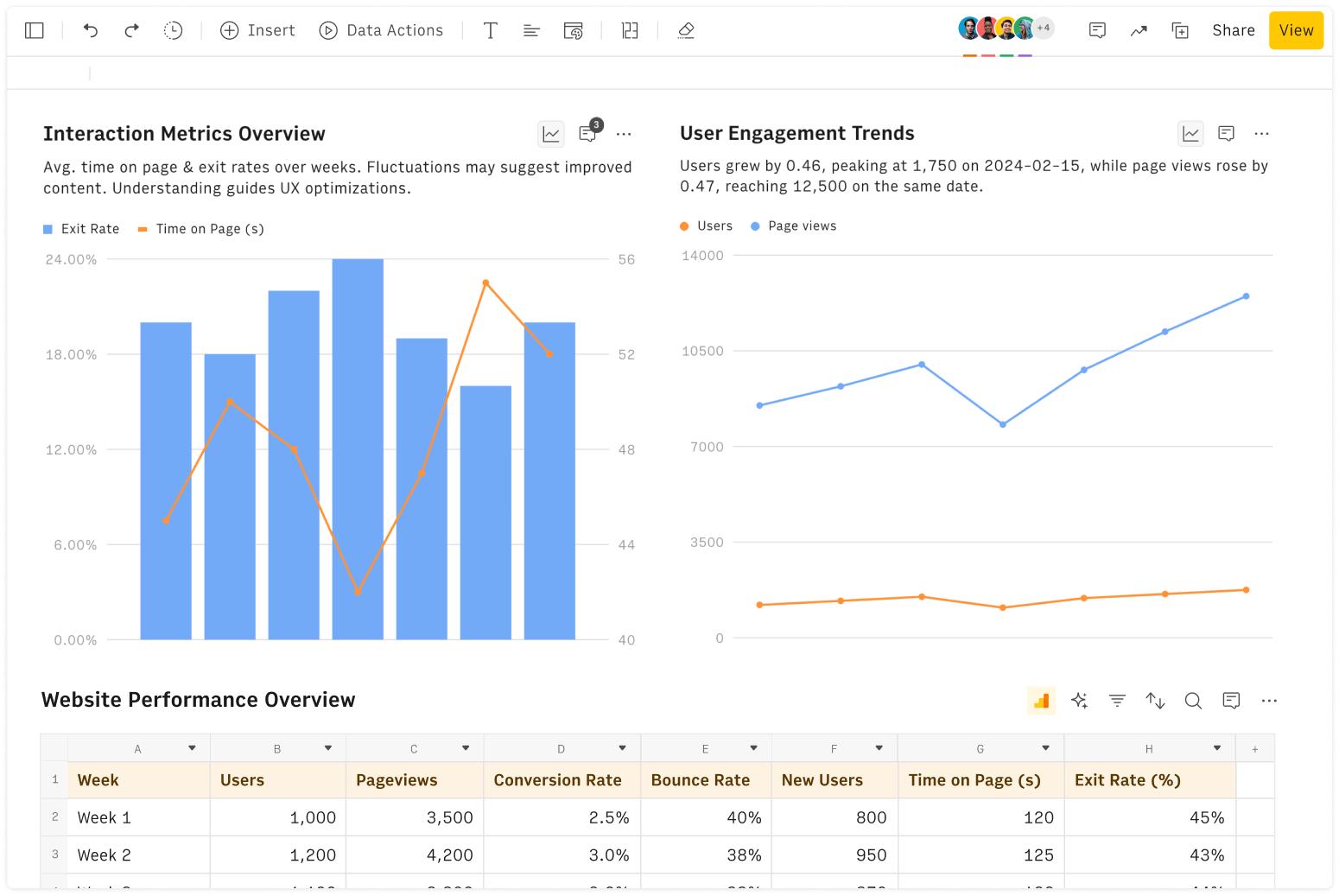What Is the Rule of 72?
The Rule of 72 is a simple yet powerful financial formula that helps investors estimate how long it will take for an investment to double in value, given a fixed annual rate of return. This quick mental math trick is very valuable for financial planning and comparing investment opportunities.
The Rule of 72 calculation is very straightforward: to get how many years you need to double your money you only need to divide 72 by the interest rate times 100, as follows:
Years to Double Investment = 72 / Interest Rate * 100
For example, If you have an investment earning 8% annually, the rule of 72 will read:
72 / 8 = 9 years to double your money.
How to Use the Rule of 72 Calculator
Our Rule of 72 calculator simplifies this process even further, allowing you to quickly determine doubling time for any interest rate. All you need to do is:
Enter your expected annual yield of your investment, e.g. 8%
The calculator will instantly display the estimated number of years it will take for your investment to double.
Try different interest rates to compare various investment scenarios.
Understanding the Math Behind the Rule of 72
The Rule of 72 is based on the concept of compounded growth and a few mathematical tricks. Let's explore them.
We start with the basic compound interest formula:
FV = PV * (1 + r)^t
Where:
FV = Future Value
PV = Present Value
r = Annual rate of return (as a decimal)
t = Time in years.
Using this formula we can obtain the Rule of 72 in a few steps: let’s start!
Start with the compound interest formula for doubling money: our unknown variable is t, and we know that 2$ is our goal in t years.
2 = (1 + r)^t
Take natural logarithm of both sides:
ln(2) = t * ln(1 + r)
Solve for t:
t = ln(2) / ln(1 + r)
Simplify the equation above will give:
ln(2) ≈ 0.693
For small r, ln(1 + r) ≈ r
Therefore:
t ≈ 0.693 / r
Multiply both sides by r and by 100 (for percentage):
t * r (%) ≈ 69.3
Now, unless you are a math wizard, 69.3 is not really a handy number. The number 72 is used because it’s a convenient approximation of 69.3 and divides easily by 2, 3, 4, 6, 8, 9 and 12 (common values for interest rates).
Hence, by replacing 69.3 with 72 you get the formula:
t = 72 / Interest rate * 100
Rule of 72, rule of 70, and other variations
The Rule of 72 is most accurate when applied to interest rates or rates of return within the 6% to 10% range. For rates outside this range, adjustments can be made to improve precision. Specifically, you can add or subtract 1 from the number 72 for every 3 percentage points that the interest rate deviates from the 8% benchmark. For instance, if the interest rate is 11%, which is 3 percentage points above 8%, you would add 1 to 72, using 73 instead.
As a practical example, if you encounter an investment with a 22% annual compounding interest rate, the Rule of 72 would suggest that your investment will double in approximately 3.27 years. However, since 22% is 14 percentage points higher than 8%, you divide 14 by 3, which gives approximately 5. Therefore, you adjust the rule by adding 5 to 72, resulting in 77. Using the Rule of 77, the calculation indicates that the investment will double in about 3.5 years. This adjusted result is closer to the exact doubling time of 3.49 years, calculated using the logarithmic equation, showing that the modified rule provides a more accurate estimate.
People Also Ask
How many years to double money at 7 percent?
We can quickly calculate the years it takes to double a investment by applying the Rule of 72: 72 / 7 = 10.3 years.
Does the Rule of 72 really work?
The Rule of 72 provides a reasonably accurate estimate for interest rates between 6% and 10%. For rates outside this range, it becomes less precise but still offers a useful approximation.
How many years does it take for 12% to double?
72 / 12 = 6 years
What is the rule of 70 example?
The Rule of 70 is a useful variation of the Rule of 72 and offers a better approximation when interest rate is below 5%. Example: it takes 70 / 4 = 17.5 years to double the initial investment at 4% annual compounded interest.



